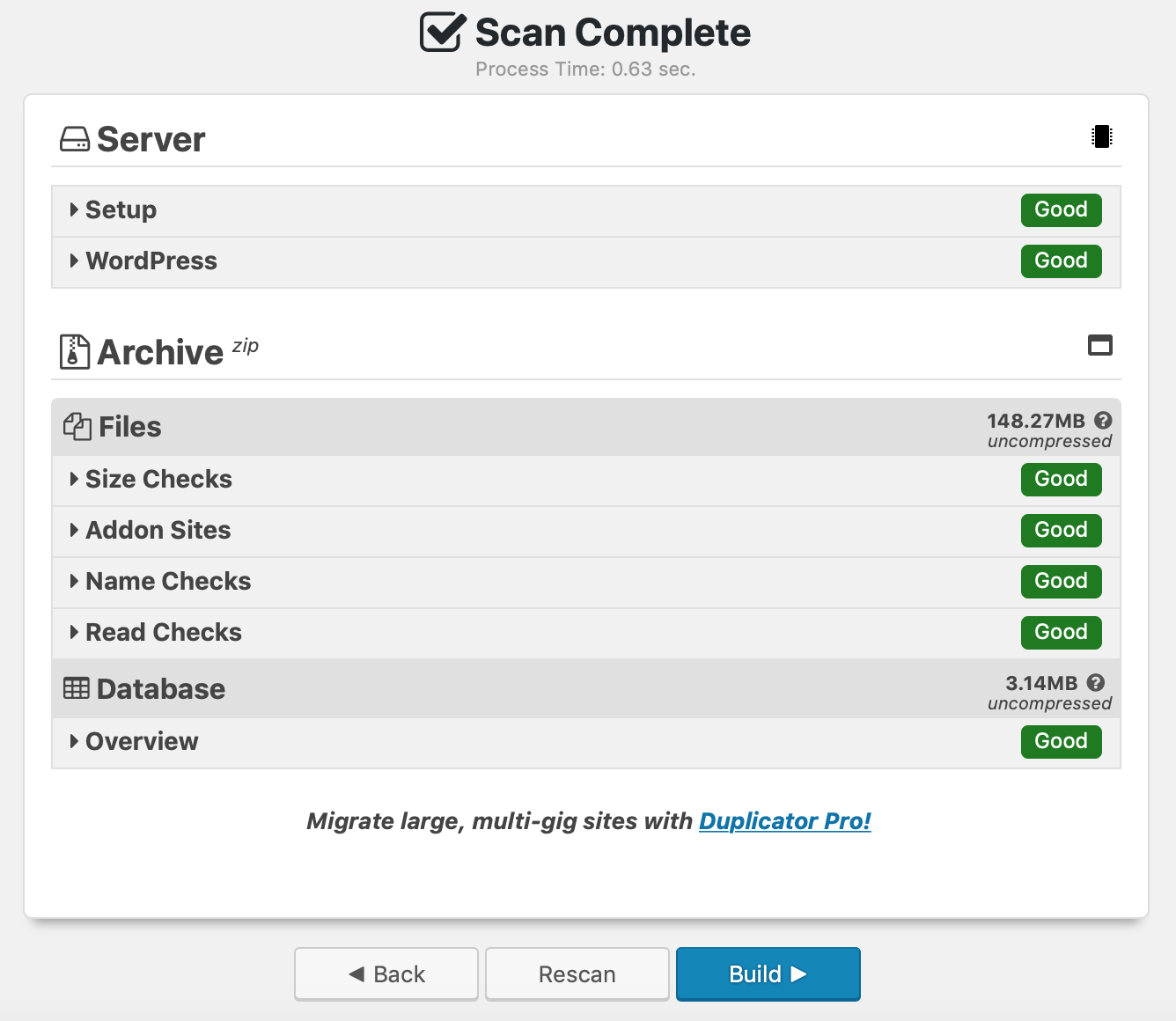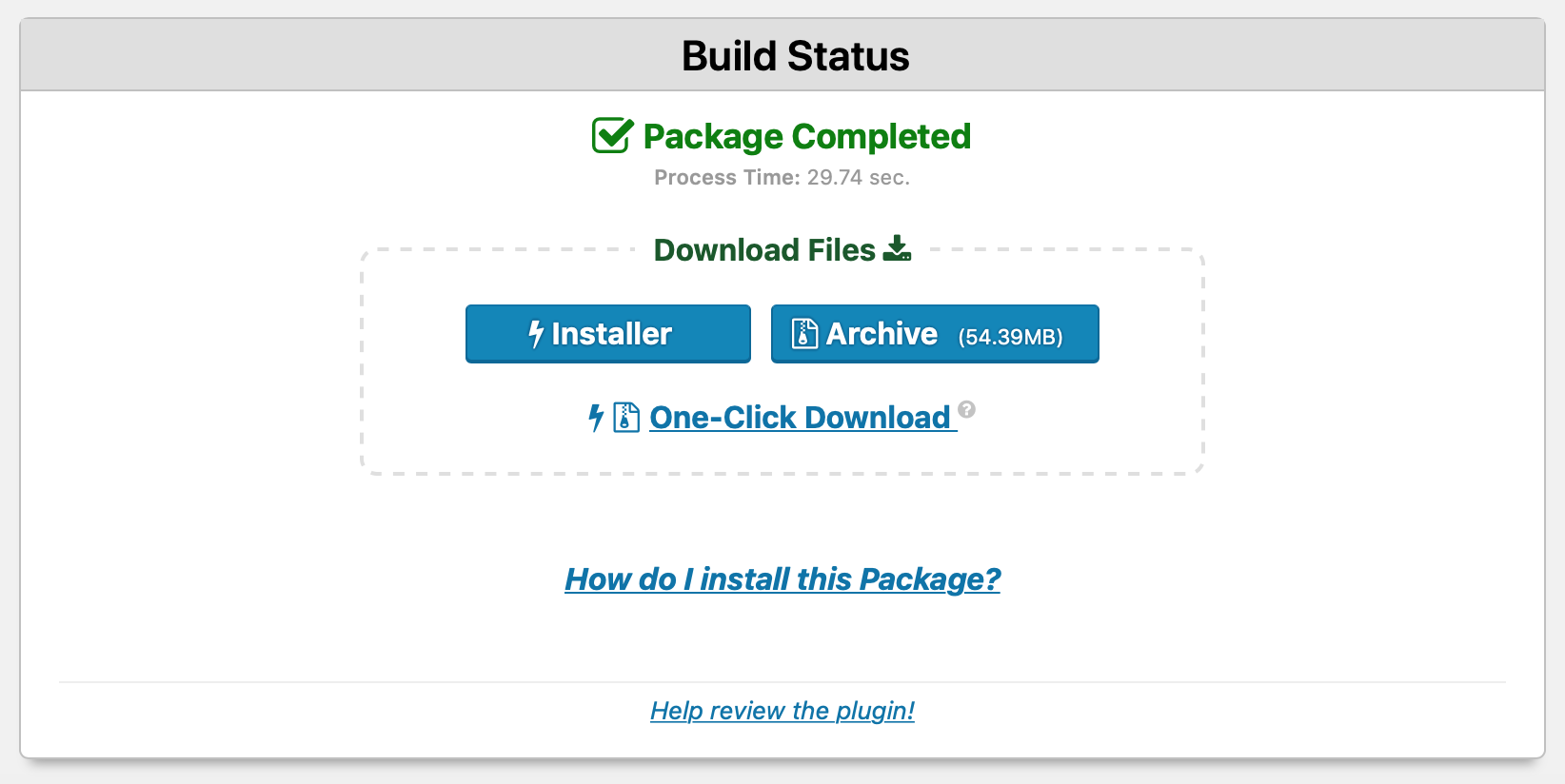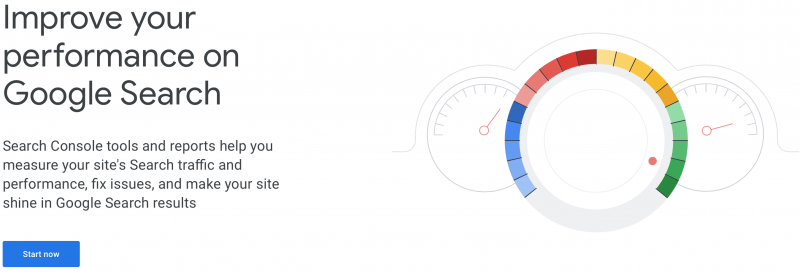- Mar 04, 2019
 0
0- by A2 Marketing Team
As your website grows and changes, you may find that its existing domain name no longer suits your needs. Although changing your domain is simple, it can have a negative effect on your site’s Search Engine Optimization (SEO) if you’re not careful.
SEO plays a major role in the success of your website, particularly when it comes to visibility and traffic. Fortunately, there are ways to switch your domain name without any lasting effects. This means you can make the change, and still continue to rank highly in Search Engine Results Pages (SERPs).
In this post, we’ll briefly discuss the importance of SEO, and then explain how to switch your domain without damaging your site’s rankings. Let’s get started!
Why Strong SEO Is Important
Whenever you use a search engine, it will quickly rank the available content based on how relevant each page is to your query. Although the position a website ranks at is ultimately in the hands of Google, there are ways to increase your chances of a high placement. This process is known as Search Engine Optimization (SEO).
SEO can take many forms, although it usually centers around the use of relevant keywords. You can also include backlinks to your other content within your blog posts and social media profiles. Regardless of the particular methods you use, it’s important to have a strong SEO strategy in place.
This is because SEO helps to determine your site’s visibility. Without it, your pages are less likely to be displayed to relevant searchers. This means your content simply won’t be seen as often – which in turn can lead to low rates of conversions and site traffic.
On the other hand, high rankings can help to drive potential customers towards your site. In short, doing SEO the right way can be a cost-effective method of promoting your content – a particularly beneficial factor for small businesses and first-time website owners.
Of course, it’s important to remember that a high ranking is never guaranteed. You should also bear in mind that certain actions can negatively impact your rankings if you aren’t careful.
How a Domain Change Can Affect SEO
Your search result placements can be adversely affected by a number of factors – website downtime, for example. Right now, however, we want to focus on the potential negative consequences of changing your site’s domain name.
Although it may not be a regular occurrence, there are certain times when you might consider switching your domain name. This could be because a more user friendly or relevant domain has become available, you want to combine two existing sites, your business’ name has changed, or your site’s focus has shifted.
Regardless of the reason, it’s important to understand that even the smallest of changes can affect your rankings. One of the main reasons for this is that any links on your site to content under the previous domain will no longer work. Search engines are unable to categorize ‘dead’ links, meaning that the content cannot be ranked.
As we mentioned earlier, low page rankings can have a negative impact on your conversion rates and site traffic. Fortunately, there are ways of getting around this problem.
How to Switch Your Domain Name Without Damaging Your Site’s SEO (In 3 Steps)
Although changing your domain will usually result in a temporary drop in your search rankings, following a few simple steps can help you avoid long-term damage. Let’s walk through how that process works.
Step 1: Back Up Your Site
The first thing you’ll want to do is create a full backup of your website. There are many tools available for doing this, but using one that enables both backups and migrations will greatly simplify the process.
For this reason, we recommend the Duplicator plugin. After installing and activating this tool, open the Duplicator menu in your WordPress dashboard. From there, select Create New to initiate a new backup:

The plugin will launch the duplicator wizard – running some general performance tests along the way. If everything is okay, you can then click on the Build button:

Duplicator will then create a ‘package’ containing a backup of your WordPress site. Once that’s finished, you’ll see a few download options. Select One-Click Download to save the backup on your computer:

The archive file is a full copy of your website – what you’ll need to move it to another domain name. The installer script will automate and run the migration process, using the archive file.
Step 2: Transfer Your Site to Its New Domain
Before you can make the switch, you’ll need to create a database for your new domain name. If you already have one, you’re good to go. If you don’t, you can follow our complete guide to setting up a new database.
Then, you’ll need to upload the Duplicator files you downloaded earlier to your new domain name. To do that, you’ll first need to connect to the domain using an FTP client. Make sure the root folder is empty, and then upload the archive and installer files into it.
Once both files have finished uploading, you’re ready to start unpacking WordPress. Open up a new browser tab, and enter the following URL (you’ll need to replace “yoursite.com” with your new domain name):
http://yoursite.com/installer.php
This will launch the Duplicator migration wizard. The installer will locate the archive file, and ask you to enter some information about your existing WordPress database. You’ll also need to provide the details for your new domain’s database.
The Duplicator plugin will then move your WordPress database backup from the existing archive onto the new domain. After it’s finished, you’ll be asked to update the site’s URL or ‘path’. The plugin should automatically detect this information, but if it doesn’t you can enter it manually.
After that, Duplicator will complete the migration process for you. To verify that it has worked correctly, you can visit your site by entering the new URL into your browser. You should be taken straight to your website.
Now that your new domain is advice, you’ll want to set up some permanent 301 redirects. This will enable you to automatically send search engines to your new domain name, making sure they’re still able to index all of its content. To do that, check out our guide to setting up redirects in cPanel.
Step 3: Inform Google About the Change
Now that you’ve moved your site to its new domain, you’ll need to notify Google of the change. This will help Google find your site’s new location quickly, and continue to display it within search results.
You can begin this process by adding your new domain name to Google Search Console:

After that, access your old domain name in Google Search Console (or add it if necessary), and select the gear icon at the top of the screen. This will launch the change of address tool.
Google Search Console will then walk you through the process of submitting a request for your new domain. It will run some tests to make sure everything is in order. After that, you’ve done everything you need to switch your domain name while protecting your search rankings.
Conclusion
A change in domain name is sometimes essential. However, it’s important to keep the possible complications in mind – especially when it comes to your site’s SEO. Search engines are vital to the ongoing success of any website, and you don’t want to make it hard for them to locate and understand your content.
To switch your domain name with minimal damage to your search rankings, you’ll want to:
- Back up your site using the Duplicator plugin.
- Transfer your site to its new domain.
- Let Google know about the switch.
Related Resources
Why You Should Consider a Cheap Domain Option
How to Check Domain Availability (& What to Do If It’s Taken)
.io Domain: An Introduction & Why It’s a Tech Business’ Dream
Using the Domain Features in cPanel
Image credit: Flickr.












